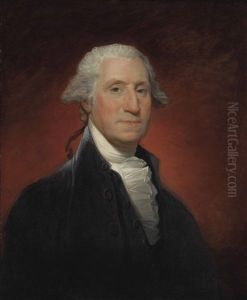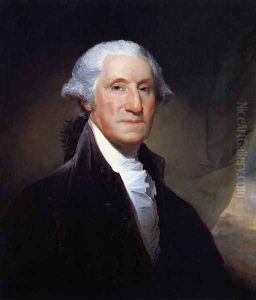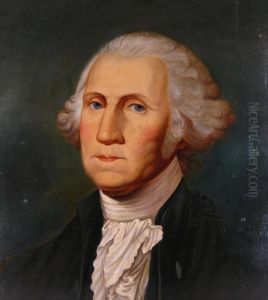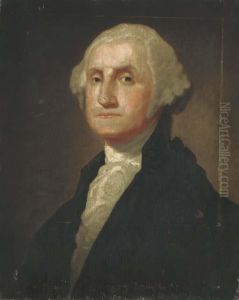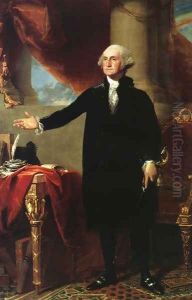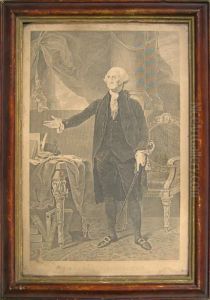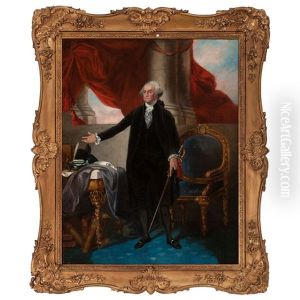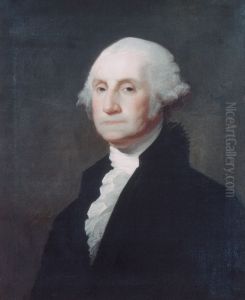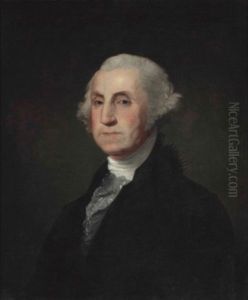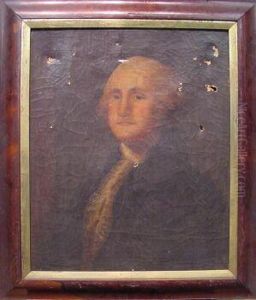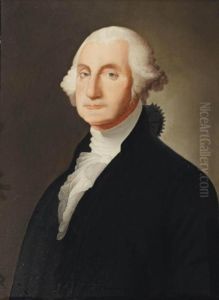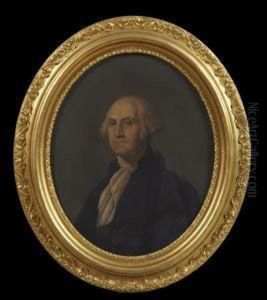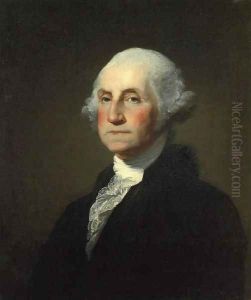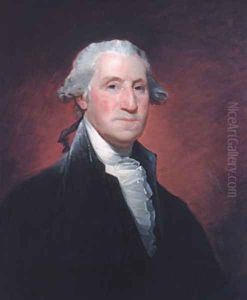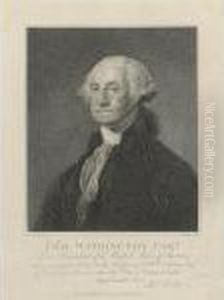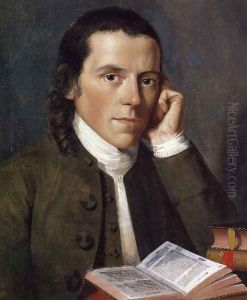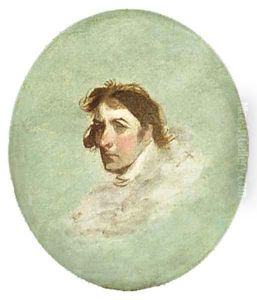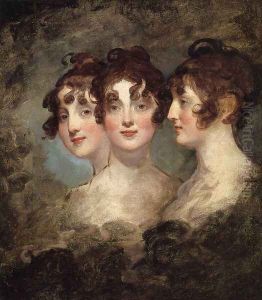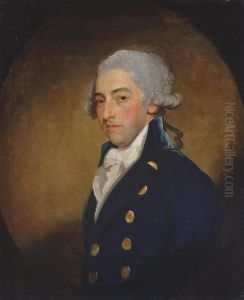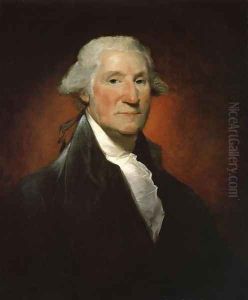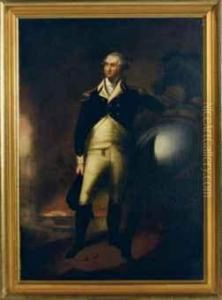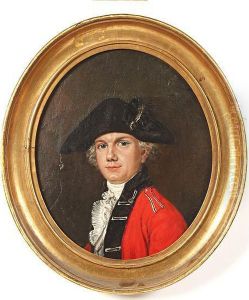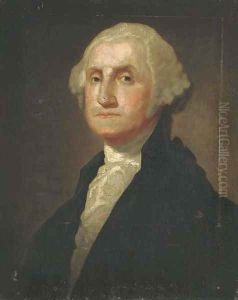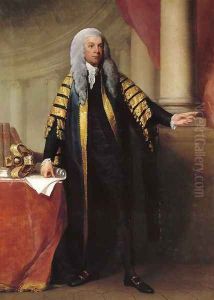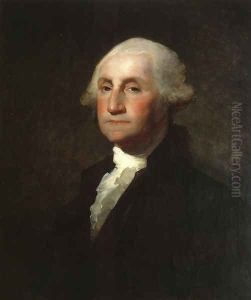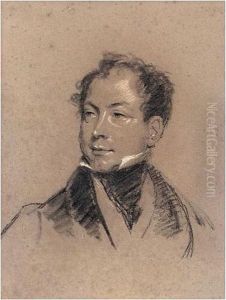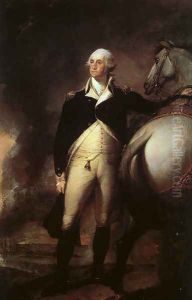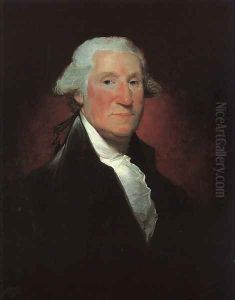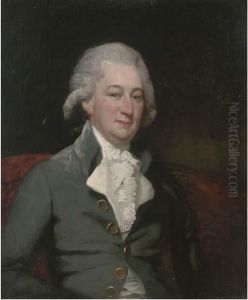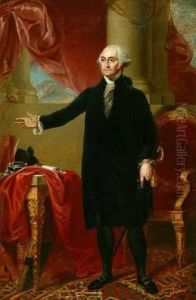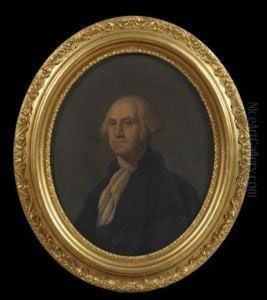Gilbert Stuart Paintings
Gilbert Stuart was an American painter from Rhode Island, renowned for his portraits of eminent personalities, most notably for the series of portraits he made of George Washington. Born on December 3, 1755, in Saunderstown, a village in the Colony of Rhode Island and Providence Plantations, Stuart showed an early talent in art. His family faced financial difficulties, but Stuart's talent was recognized early on, leading to his studying under Scottish portraitist Cosmo Alexander, a visitor to the colonies.
In 1775, Stuart left for England, initially to pursue further art studies. There, he became a protégé of American artist Benjamin West, who was also living in London at the time. Under West's guidance, Stuart honed his skills and began to establish himself as a portrait artist. Despite experiencing periods of financial instability and personal challenges, Stuart's work gained recognition for its quality and depth. His portraits were celebrated for their realism and ability to capture the personality and essence of his subjects.
Stuart's most iconic work is undoubtedly his portraits of George Washington. The Athenaeum Portrait, which he began in 1796, is perhaps the most famous and was left unfinished by Stuart. This image of Washington has been immortalized on the United States one-dollar bill. Stuart's method of keeping his portraits of Washington in an unfinished state allowed him to create copies that he could sell, a testament to both his entrepreneurial spirit and the enduring demand for images of the first president.
Throughout his career, Stuart painted over 1,000 portraits, including many of the most influential figures of his time. His works are characterized by their vibrant brushwork and sophisticated use of color. Despite facing criticism for his personal life and financial irresponsibility, Stuart's contribution to American art history remains significant. He is considered one of the great American portraitists of the 18th century.
Gilbert Stuart died on July 9, 1828, in Boston, Massachusetts. His legacy lives on through his portraits, which continue to be studied and admired for their artistic merit and historical significance. Stuart's works are held in major museums and collections across the United States, testament to his enduring influence on American portraiture.
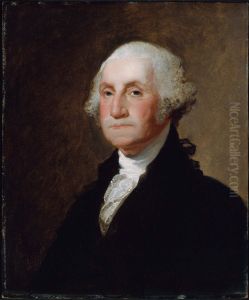
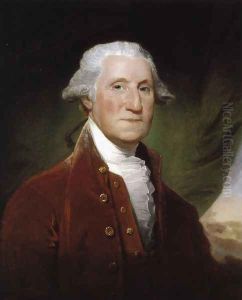
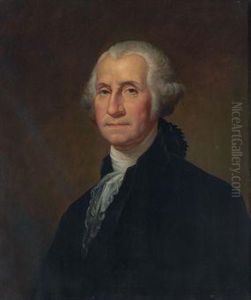
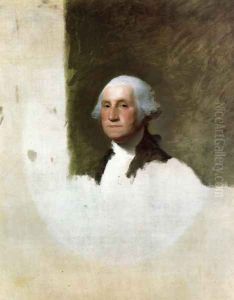
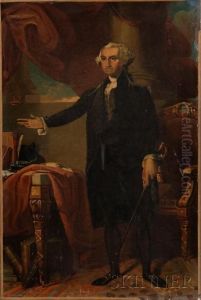
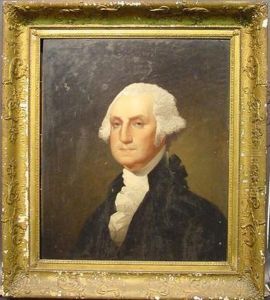
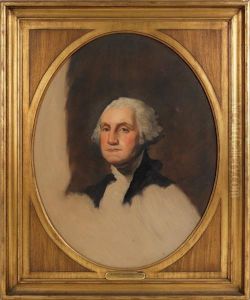
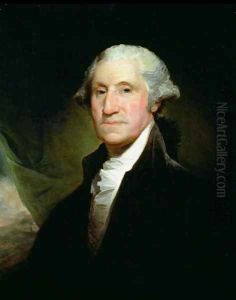
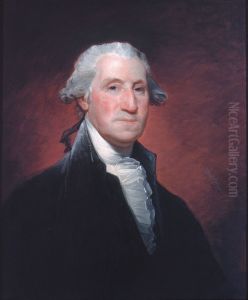
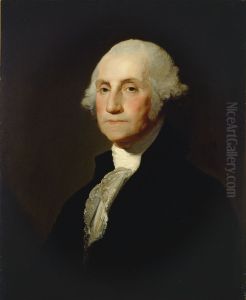
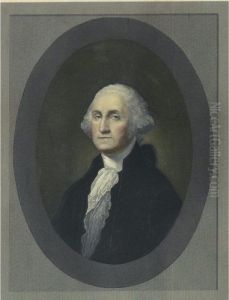
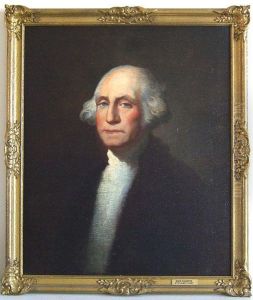
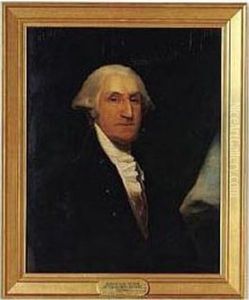
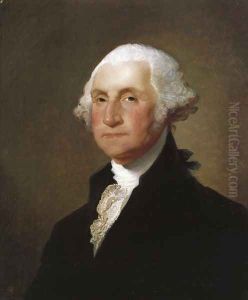
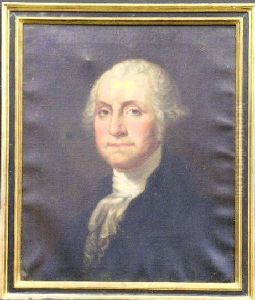
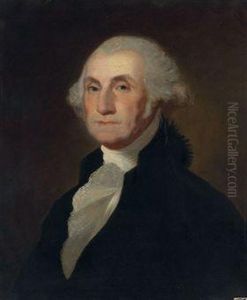
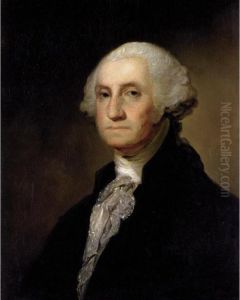
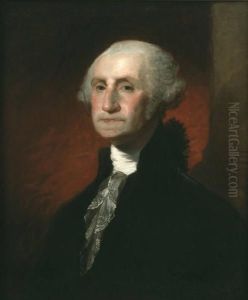
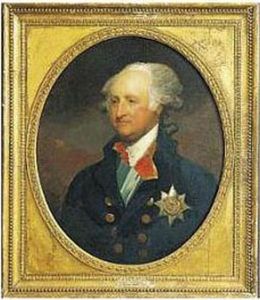
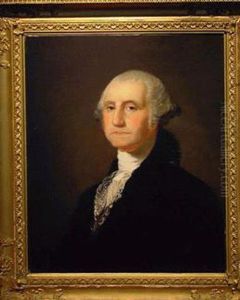
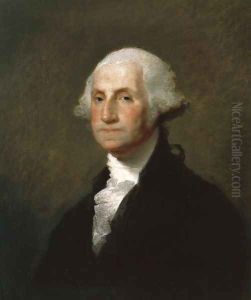
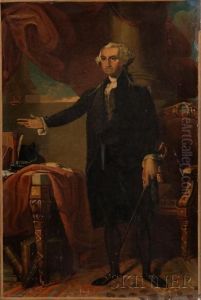
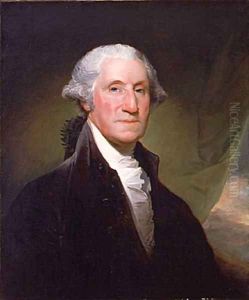
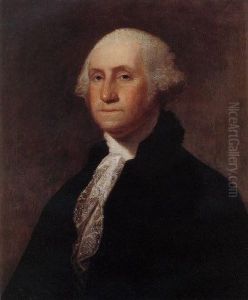
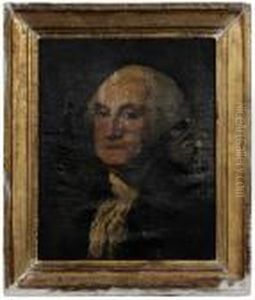
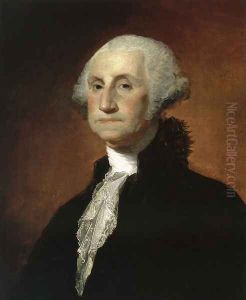
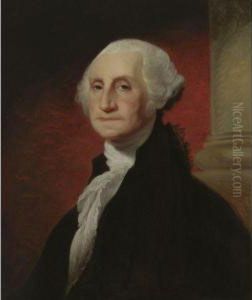
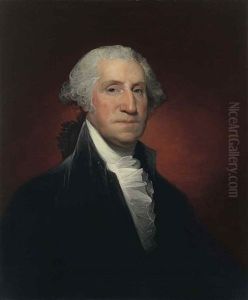
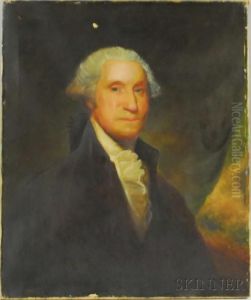
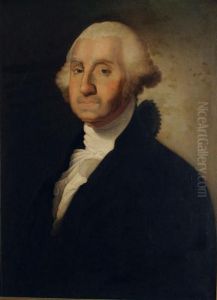
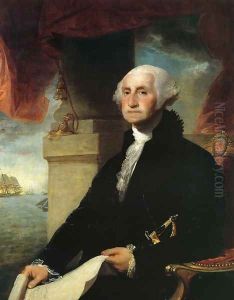
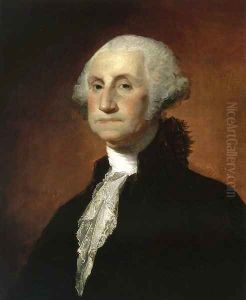
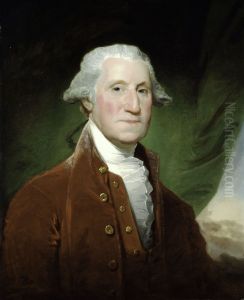
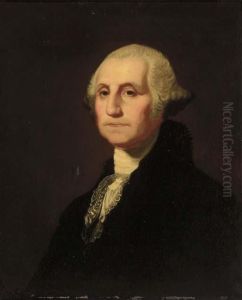
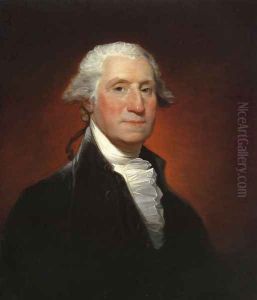
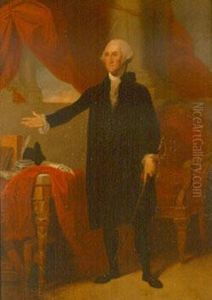
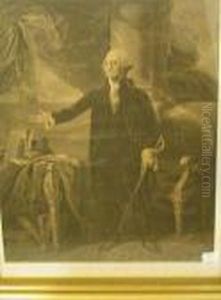
![[george Washington].](https://www.niceartgallery.com/imgs/2837354/s/gilbert-stuart-george-washington-f21900da.jpg)
